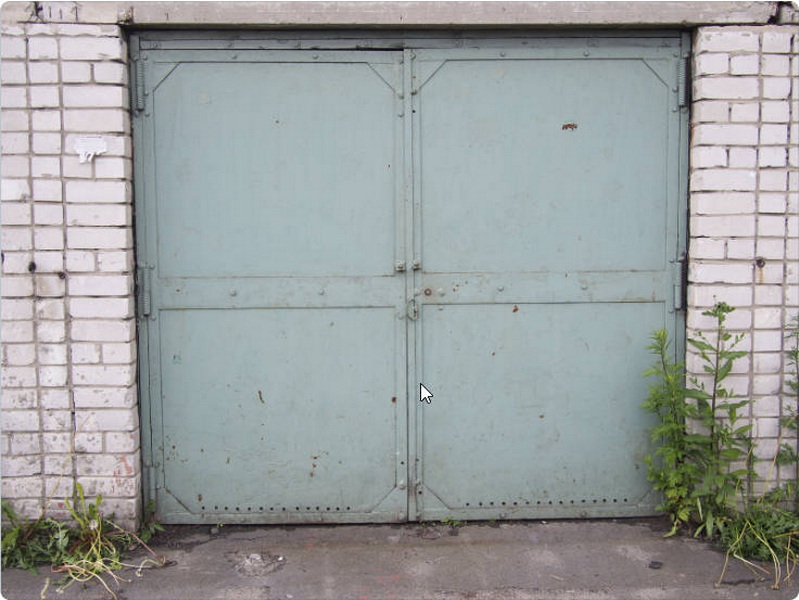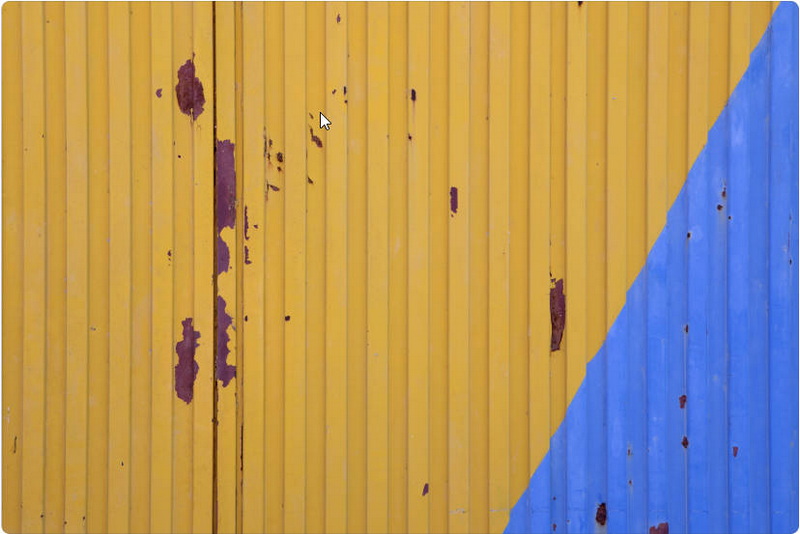English 




Views: 222 Author: Astin Publish Time: 2025-01-07 Origin: Site



Content Menu
● Understanding Aluminum Doors
● Why Paint Your Exterior Aluminum Door?
● Preparing to Paint Your Aluminum Door
● Maintenance Tips for Painted Aluminum Doors
● FAQ
>> 1. How long does it take for painted aluminum doors to dry?
>> 2. Can I use regular house paint on aluminum doors?
>> 3. Do I need special primer for aluminum doors?
>> 4. How often should I repaint my aluminum door?
>> 5. What should I do if my painted aluminum door starts peeling?
Painting an exterior aluminum door is an excellent way to refresh its appearance and protect it from the elements. Aluminum doors are popular for their durability and lightweight properties, but over time, they can become dull or scratched. This comprehensive guide will provide you with all the necessary steps, tips, and techniques to successfully paint your aluminum door, ensuring a long-lasting and attractive finish.

Aluminum doors are widely used in residential and commercial settings due to their resistance to rust and corrosion. However, they can lose their luster over time, making painting a practical solution. Painting not only enhances the aesthetic appeal of the door but also provides an additional layer of protection against weather conditions.
- Aesthetic Appeal: A fresh coat of paint can dramatically improve the look of your door and enhance your home's curb appeal.
- Protection: Paint acts as a barrier against moisture, UV rays, and other environmental factors that can cause damage.
- Customization: Painting allows homeowners to choose colors that match their personal style or complement their home's exterior.
- Increased Value: A well-maintained door can contribute positively to your property's overall value.
Preparation is key to achieving a smooth and durable finish. Follow these steps to prepare your aluminum door effectively:
Before starting, make sure you have the following materials:
- Mild detergent or degreaser for cleaning
- Sandpaper (medium and fine grit)
- Primer (self-etching or rust-inhibiting)
- Exterior-grade paint (acrylic latex or oil-based)
- Painter's tape
- Drop cloths
- Brushes and rollers
- Safety gear (gloves, mask, goggles)
If possible, remove any hardware such as handles, locks, and hinges from the door. This will ensure a clean finish without any obstructions.
Thoroughly clean the surface of the door using a mild detergent mixed with water. This step is crucial as it removes dirt, grease, and any old paint flakes that could interfere with adhesion. For stubborn stains or grease, consider using a degreaser. Rinse well with clean water and allow the door to dry completely.
Using medium-grit sandpaper, lightly sand the entire surface of the door. This process helps remove any oxidation and creates a texture for better primer adhesion. After sanding, wipe down the door with a damp cloth to remove dust.

Priming is essential for ensuring good paint adhesion and longevity.
Choose a primer specifically designed for metal surfaces, such as a self-etching primer. This type of primer chemically bonds with the aluminum surface, ensuring better adhesion for the paint. Using a brush for edges and a roller for larger areas, apply an even coat of primer across the entire door.
Make sure to follow the manufacturer's instructions regarding drying times—typically allowing several hours for it to dry completely before moving on to painting.
Now that your door is prepped and primed, it's time to paint.
Select an exterior-grade paint that is suitable for metal surfaces. Acrylic latex paints are popular due to their durability and ease of use; however, oil-based paints provide a tougher finish but may take longer to dry. When choosing paint color, consider how it will complement your home's exterior.
Using a brush for edges and corners and a roller for larger flat areas, apply thin coats of paint. It's better to apply multiple thin coats rather than one thick coat to avoid drips. Allow each coat to dry completely before applying additional coats—typically two to three coats are recommended for optimal coverage.
When painting:
- Start with edges and corners using a brush.
- Use a roller for flat surfaces.
- Work in sections to maintain wet edges and prevent lap marks.
Once you've applied your final coat of paint:
1. Remove Painter's Tape: Carefully peel off painter's tape at an angle for clean lines.
2. Reattach Hardware: If you removed hardware during preparation, reattach it now.
3. Inspect Your Work: Check for any missed spots or imperfections that may need touch-ups.
4. Cleanup: Clean brushes and rollers immediately after use according to the type of paint used (water for latex paints; solvents for oil-based paints).
To keep your painted aluminum door looking fresh:
- Regular Cleaning: Wipe down your door periodically with mild soap and water to remove dirt and grime that can accumulate over time.
- Inspect for Damage: Regularly check for chips or scratches in the paint that may expose bare metal; touch up as necessary.
- Avoid Harsh Chemicals: When cleaning, avoid abrasive cleaners or tools that could scratch or damage the painted surface.
Painting an exterior aluminum door is not only possible but also an excellent way to enhance its appearance while providing additional protection against environmental factors. By following proper preparation steps, choosing suitable materials, and applying techniques carefully, homeowners can achieve beautiful results that last for years. Whether you're looking to refresh your front entrance or update garage doors, painting offers an affordable solution that adds value to your property.
With proper maintenance, painted aluminum doors typically need repainting every 5-7 years; however, this can vary based on exposure to weather conditions. Investing time in this project not only beautifies your home but also protects one of its entry points from wear and tear.

Drying times vary by product but generally range from several hours between coats depending on temperature and humidity conditions.
While you can use regular house paint, it's recommended to use exterior-grade paints specifically designed for metal surfaces for better adhesion and durability.
Yes, using a self-etching primer designed for metal surfaces is crucial as it ensures better adhesion of paint on aluminum doors.
With proper maintenance, painted aluminum doors typically need repainting every 5-7 years; however, this can vary based on exposure to weather conditions.
If peeling occurs, remove loose paint by sanding it down, then clean the area thoroughly before applying primer followed by touch-up paint as needed.
[1] https://dreifussfireplaces.com/how-to-paint-aluminum-garage-doors/
[2] https://www.aaronsgaragedoorcompany.com/can-you-paint-aluminum-garage-doors-heres-what-you-need-to-know/
[3] https://aprowin.com/how-to-paint-an-aluminum-door/
[4] https://www.weiye-aluminium.com/can-i-paint-an-aluminum-door.html
[5] https://paintpremium.com/8-helpful-tips-for-painting-metal-exterior-doors-like-a-pro/
[6] https://www.diychatroom.com/threads/painting-aluminum-exterior-door.101313/
[7] https://www.esppainting.com/how-do-you-paint-a-metal-exterior-door/
[8] https://www.livingareallife.com/posts/how-paint-aluminium-door-window
[9] https://industrialmetalservice.com/metal-university/how-to-paint-aluminum/
[10] https://www.doityourself.com/forum/painting-staining-all-interior-exterior-surfaces/550911-painting-aluminum-front-door.html
Top Aluminum Furnitures Manufacturers and Suppliers in Czech Republic
Top Aluminum Furnitures Manufacturers and Suppliers in Poland
Top Aluminum Furnitures Manufacturers and Suppliers in Belgium
Top Aluminum Furnitures Manufacturers and Suppliers in Finland
Top Aluminum Furnitures Manufacturers and Suppliers in Denmark
Top Aluminum Furnitures Manufacturers and Suppliers in Greece
Top Aluminum Furnitures Manufacturers and Suppliers in Portugal
Top Aluminum Furnitures Manufacturers and Suppliers in Austria
Top Aluminum Furnitures Manufacturers and Suppliers in Norway
Top Aluminum Furnitures Manufacturers and Suppliers in Sweden
